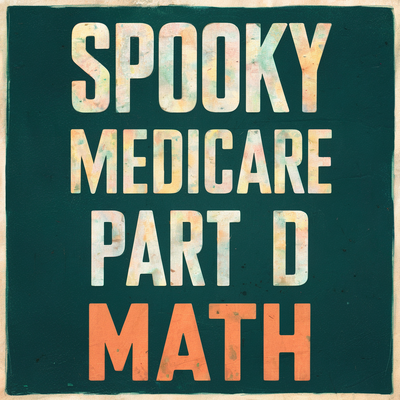- 2,111
CMS Releases 2025 Medicare Part D Bid Information and Announces Premium Stabilization Demonstration | CMS
Today, the Centers for Medicare & Medicaid Services (CMS) is releasing preliminary technical Medicare Part D bid information for contract year 2025 to help Part D plan sponsors finalize their Part D and Medicare Advantage (MA) offerings and prepare for Medicare Open Enrollment. Additionally, CMS...
The IRA made the most significant changes to the Part D benefit since the Part D program was established in 2006. Given the significant changes to the benefit, the IRA includes protections that constrain the average level of premium increases across the Part D market by limiting year-over-year increases in the base beneficiary premium for CY 2024 through CY 2029 to no more than about $2 per month. However, CMS has observed more variation in the stand-alone PDP bids submitted by plan sponsors as compared to MA-PD plans for 2025. The variation in PDP bids and resulting premium changes could create disruptive enrollment shifts in the PDP market during the initial implementation of the IRA benefit improvements. CMS believes that additional premium stability in the PDP market may improve the predictability of PDP offerings available to enrollees and improve the efficiency of the transition for both people with Medicare and Part D plan sponsors.


